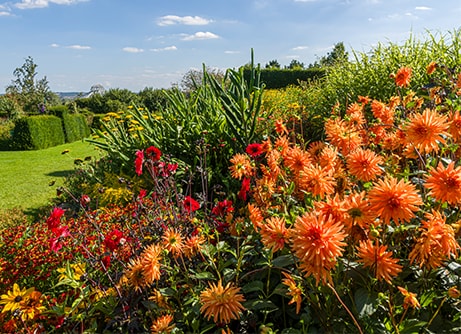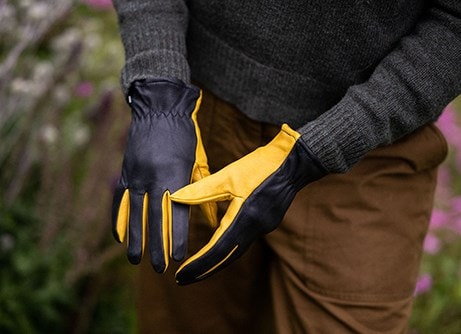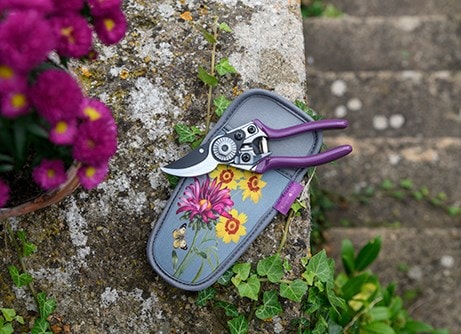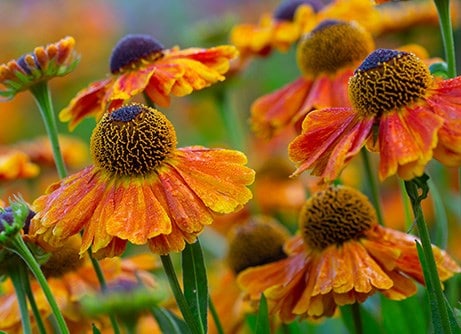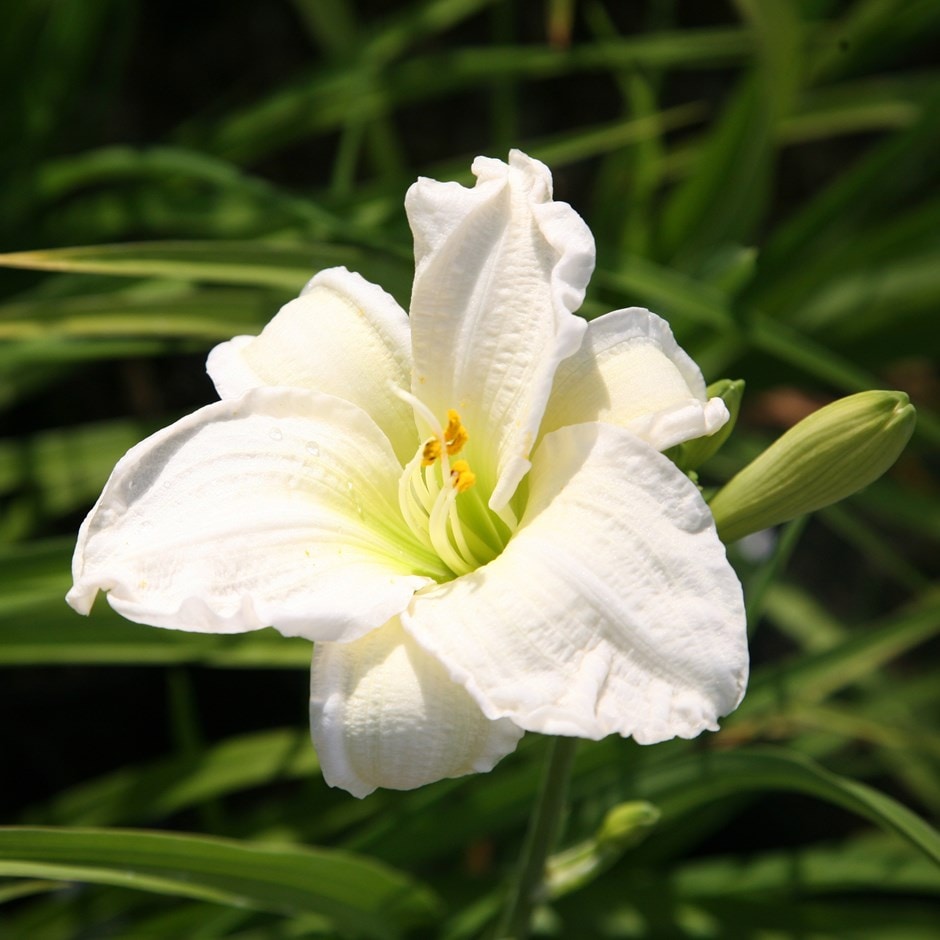Masses of ivory-white flowers lasting just one day appear continuously in midsummer on slender, upright stems. In mild areas it is semi-evergreen and forms large clumps of strap-like leaves, valuable for suppressing weeds and disguising the dying foliage of spring-flowering bulbs. This elegant daylily looks gorgeous planted in drifts in a sunny mixed or herbaceous border, or beside a pond or water feature. Like most hemerocallis, it is robust and easy to grow, provided you follow the tips below.
How to care for Hemerocallis Gentle Shepherd:
The Greek term 'hemerocallis' means 'beautiful for a day', and daylilies need regular deadheading to prolong flowering and prevent their unsightly deadheads from dominating the scene. Each stem carries several flowers, so snap off each flower as it fades. When the stem has finished flowering, cut it down to the ground. After the plant has finished flowering altogether, pull out the dead leaves. When the foliage is looking tatty, cut it down to the ground and fresh new growth will appear. Lift and divide every three years in spring to keep the rhizomes vigorous and apply a generous 5-7cm (2-3in) mulch of well-rotted garden compost or manure around the base of the plant. Water frequently from spring until the buds appear.
Flowering period:
- Jan
- Feb
- Mar
- Apr
- May
- Jun
- Jul
- Aug
- Sep
- Oct
- Nov
- Dec
Eventual height:
0.75m
Eventual spread:
1.2m
Soil:
Moderately fertile, moist, well-drained soil
-
 This perennial dies back to below ground level each year in autumn, then fresh new growth appears again in spring.
This perennial dies back to below ground level each year in autumn, then fresh new growth appears again in spring.
-
 Cats: TOXIC if eaten
Cats: TOXIC if eaten


